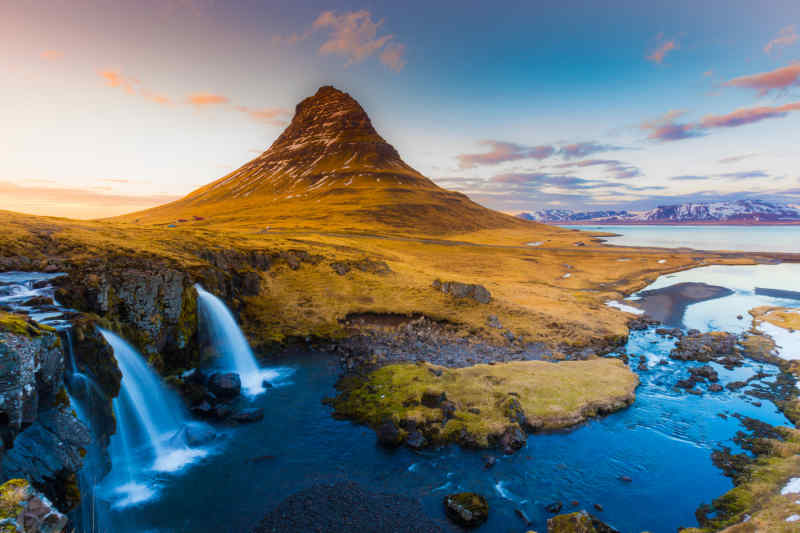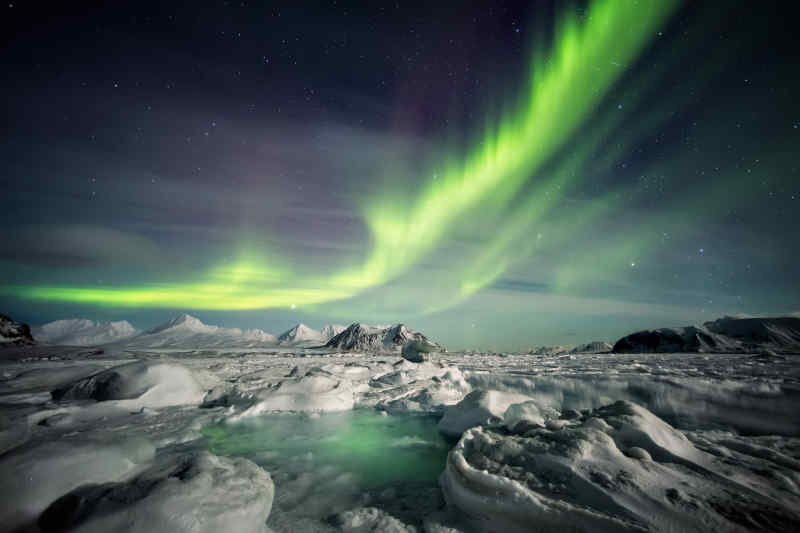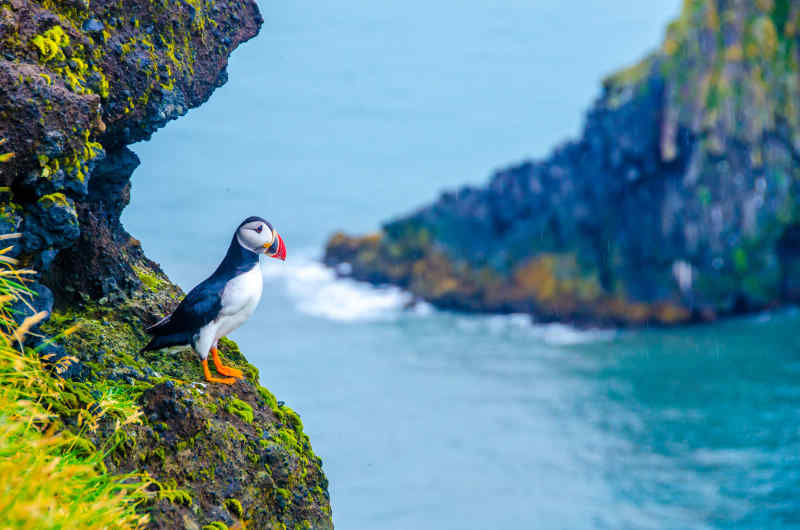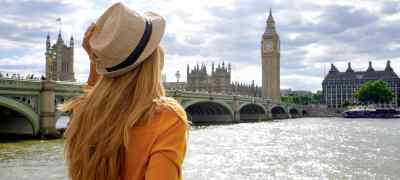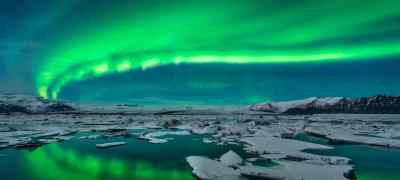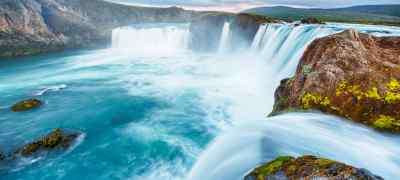By Bridget Castner
Fall, Winter, Summer... Whichever season you choose to visit Iceland, there are a few things you should always be sure to bring. Keep reading for some suggestions on what to pack for Iceland during each season, so you're fully prepared!
Fall
Fall graces the landscapes of Iceland from August until the end of October. Think waterproof jackets, hiking shoes, and a warm hat or two to help keep you warm (and dry) during any outdoor excursions.
Autumn days tend to be chilly in Iceland, so it's best to take some thermal leggings, water-proof pants, and gloves or mittens. It's important to layer with some t-shirts or long sleeves so you can adjust if there's a dramatic shift in the weather along the way – Iceland tends to be known for those.
Side Tip: No matter the season, you should invest in a universal adapter since Iceland uses European plugs. This is a great investment because you can take it on other trips around the world!
Winter
Winter in Iceland lasts from the end of October until April. During this time temperatures are around 31 °F, and with windy days and quick-changing weather, you want to dress as warmly as possible.
Think lots of layers: Wool socks and sweaters, thermal leggings and underwear, waterproof boots and a waterproof outer layer. Having windproof outerwear can be very beneficial as well like waterproof gloves, hats, and scarves. If you plan on having a rental car, it's a good idea to pack an ice scraper and snow brush to assist in snow removal.
Side Tip: You may want to invest in ice cleats or stabilicers if you plan on walking around a lot. Even if you have quality winter boots, Iceland is very icy during the winter months and having this type of shoe can help you get around easier.
Spring
Spring in Iceland blooms from mid-March to mid-June, during which the wildlife awakens and the official whale-watching season begins! Alongside the warm and extended days, April is when the snow starts to melt away and the greenery starts to come to life again.
Don't let the spring awakening fool you though; temperatures can still be chilly and there are times when snow, cold weather, and storms are present. Temperatures can be as low as 37 °F, and usually don't get any higher than 57 °F. During this time you'll still want to have waterproof outerwear and layers you can add on or take off as needed.
Summer
Iceland summer temperatures can be as low as 41 °F and reach up to 77 °F. If you plan on heading for the waterfalls, make sure you have a rain jacket and waterproof pants ready! Having a backpack can be handy so you can quickly switch your clothes depending on the activity. During the summer in Iceland you'll still need a light jacket, and some light long-sleeved shirts are recommended as well.
Before you start planning your trip to Iceland, here are a few more items you might want to bring no matter the season: Walking poles if you plan on doing a bunch of hiking, a camera, a refillable water bottle, and sunscreen. Temperatures might not be high, but the sun can be very strong!
Side Tip: Summer marks the best time to see Puffins in Iceland!
VIEW ICELAND VACATION PACKAGES

